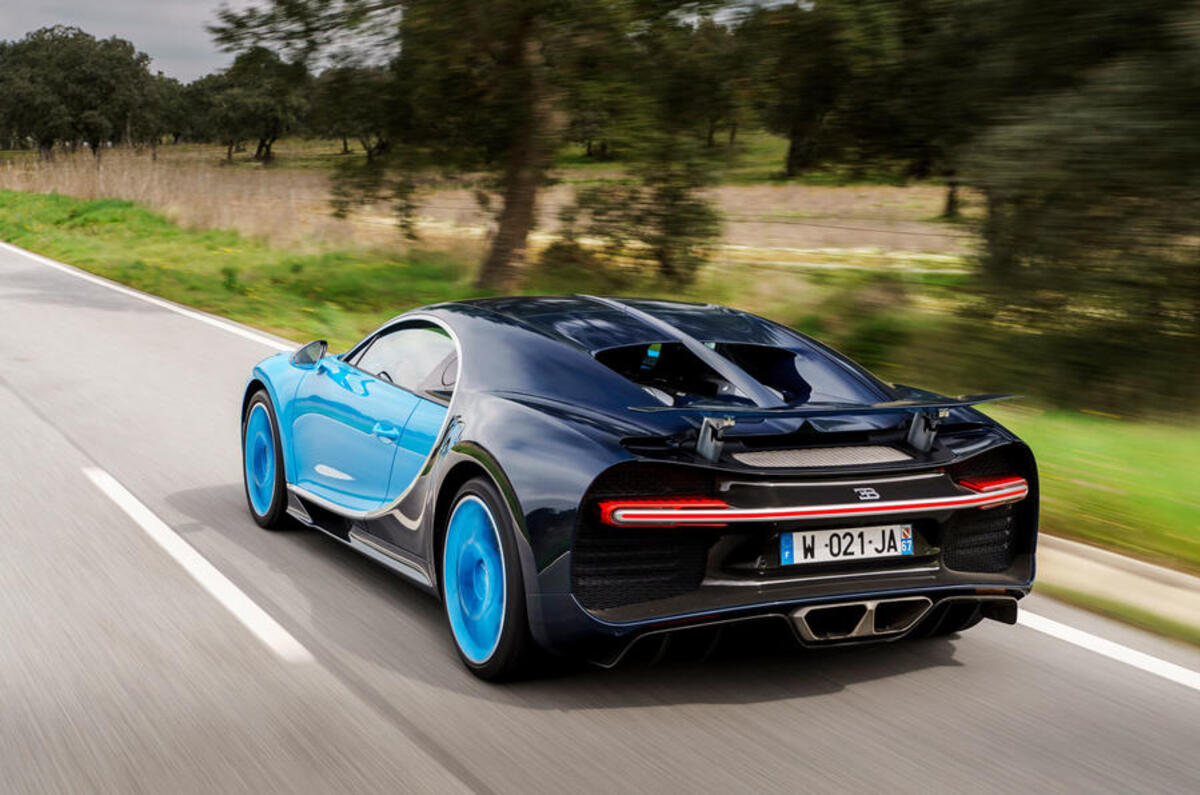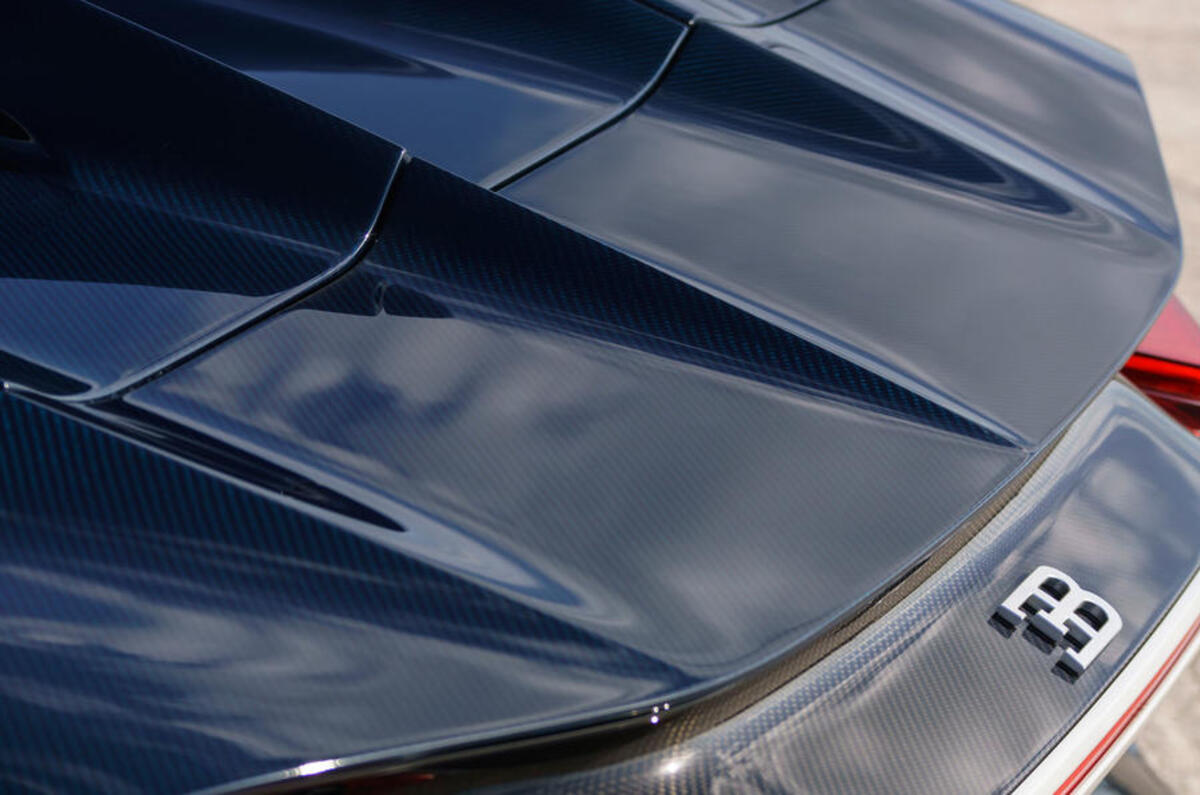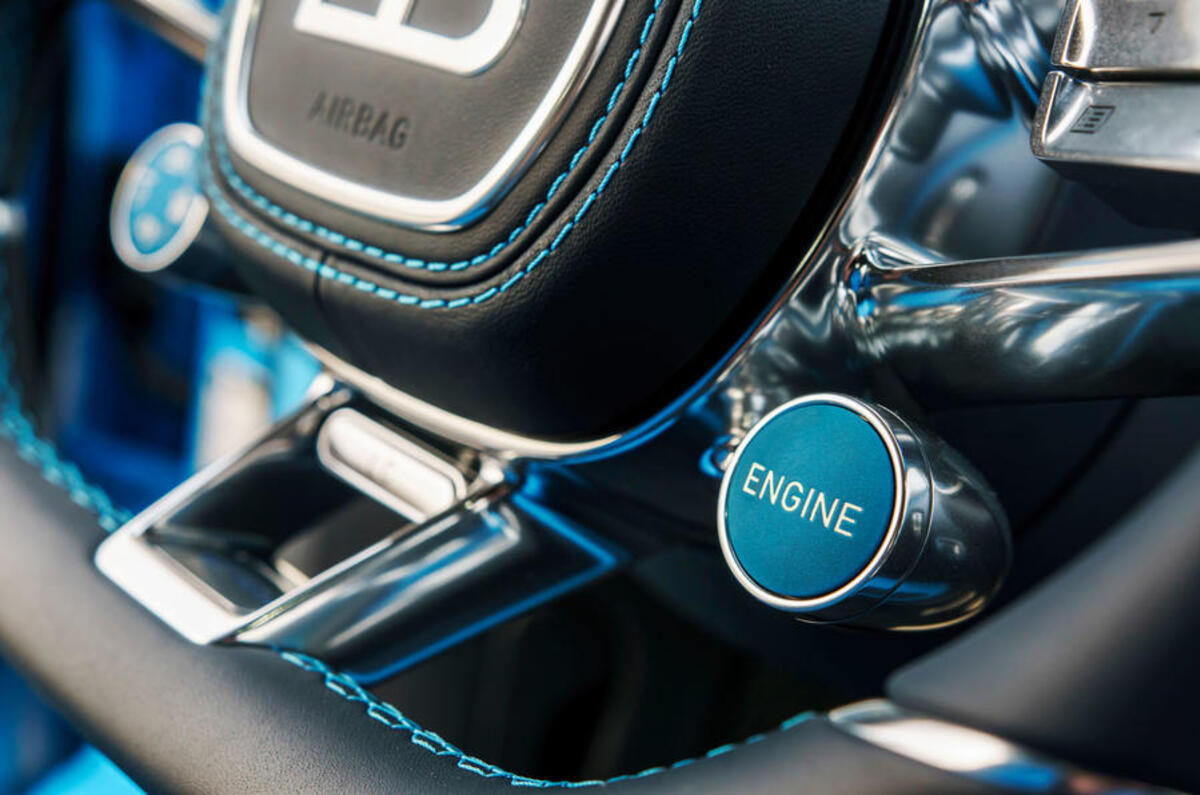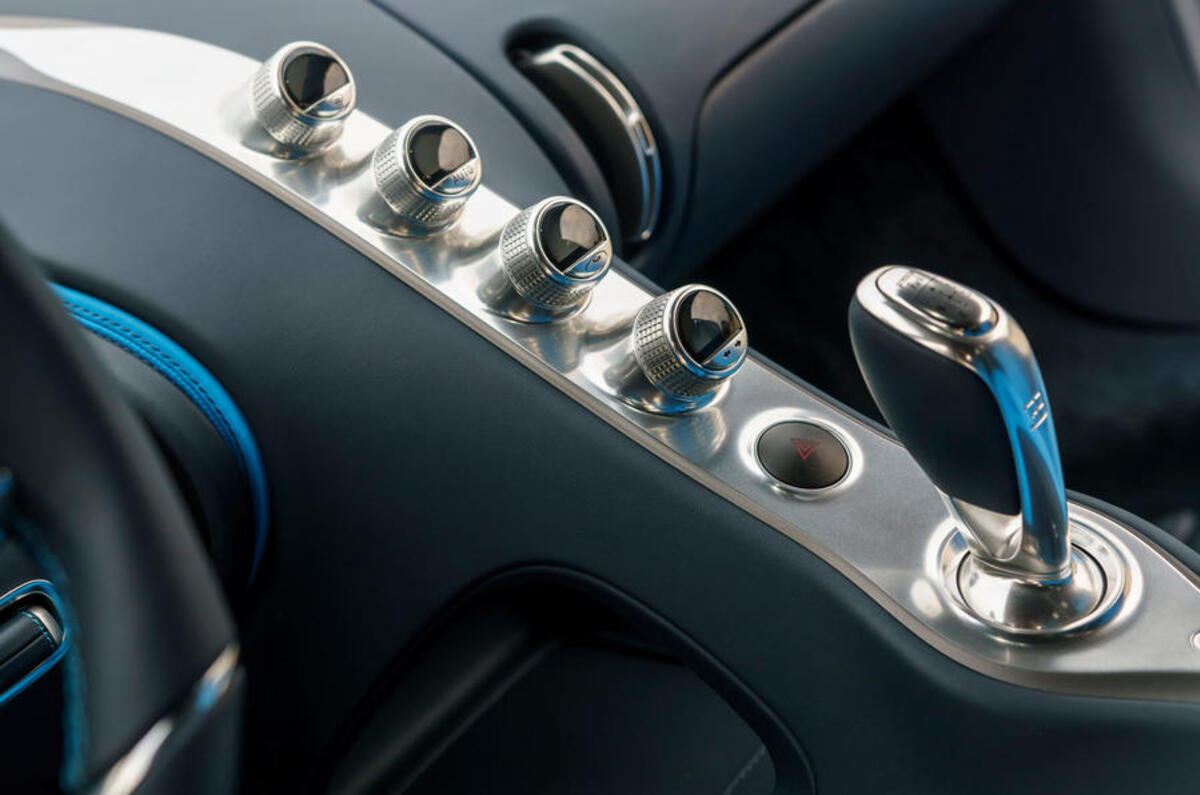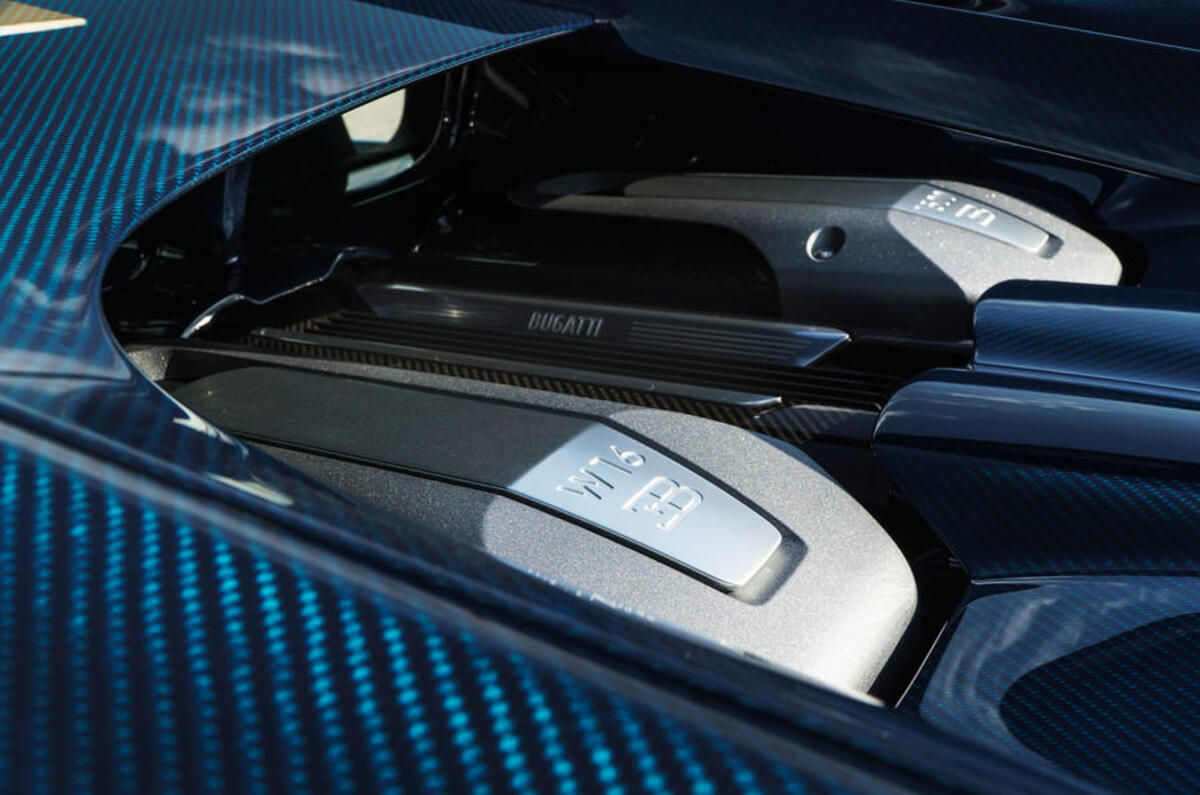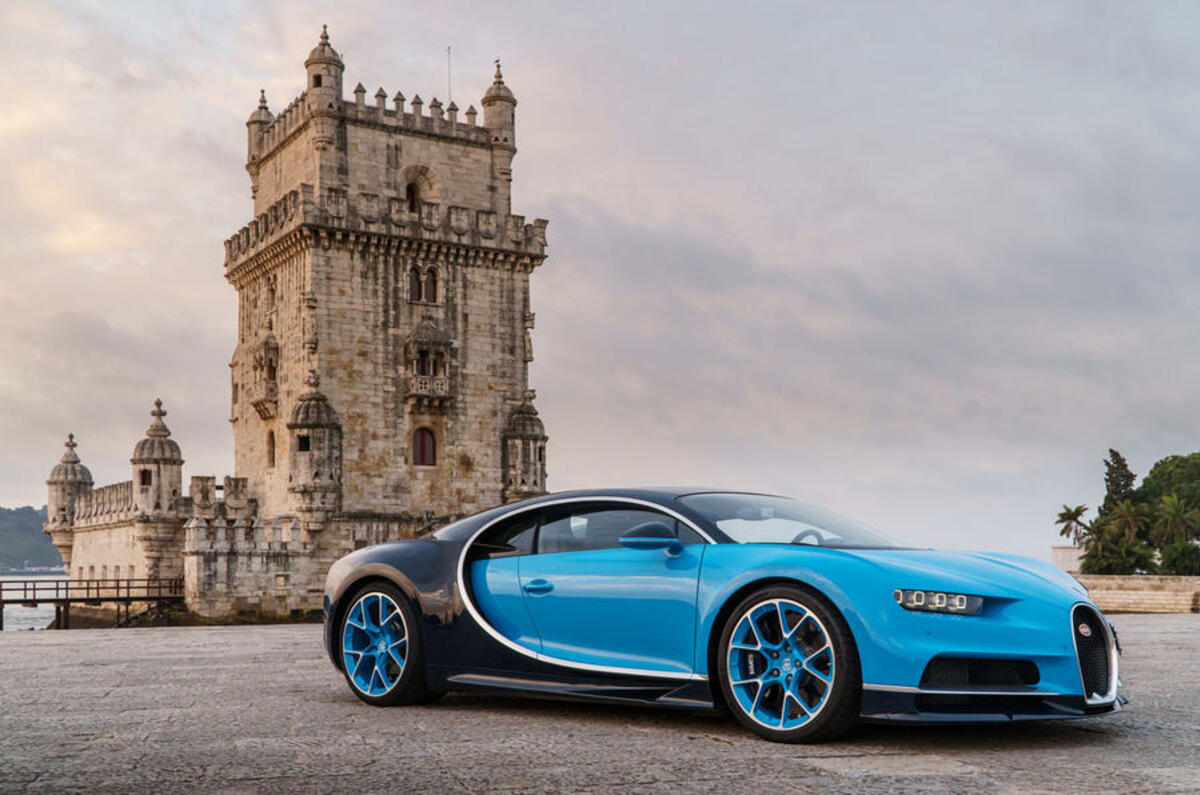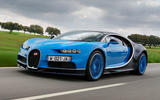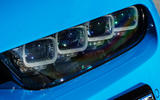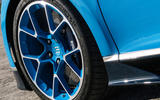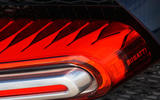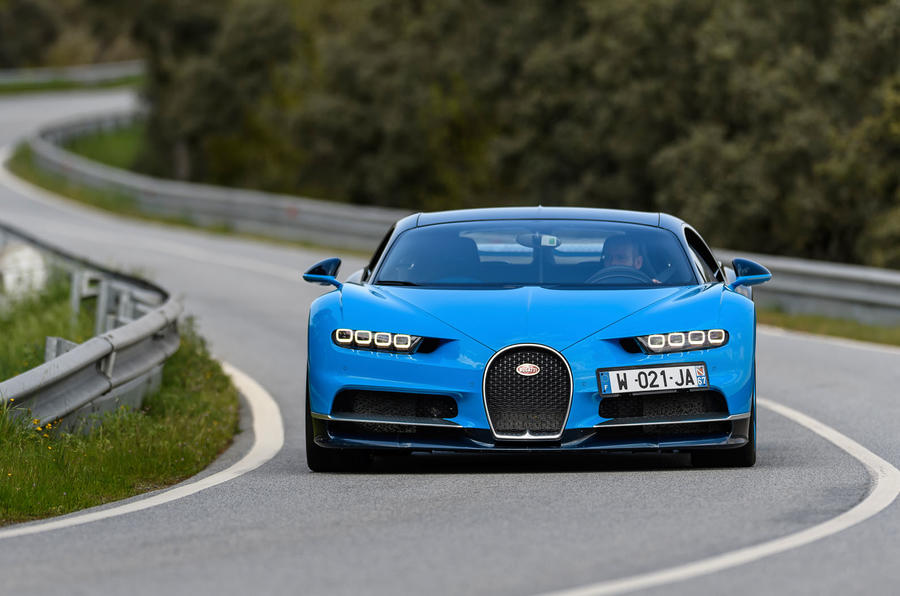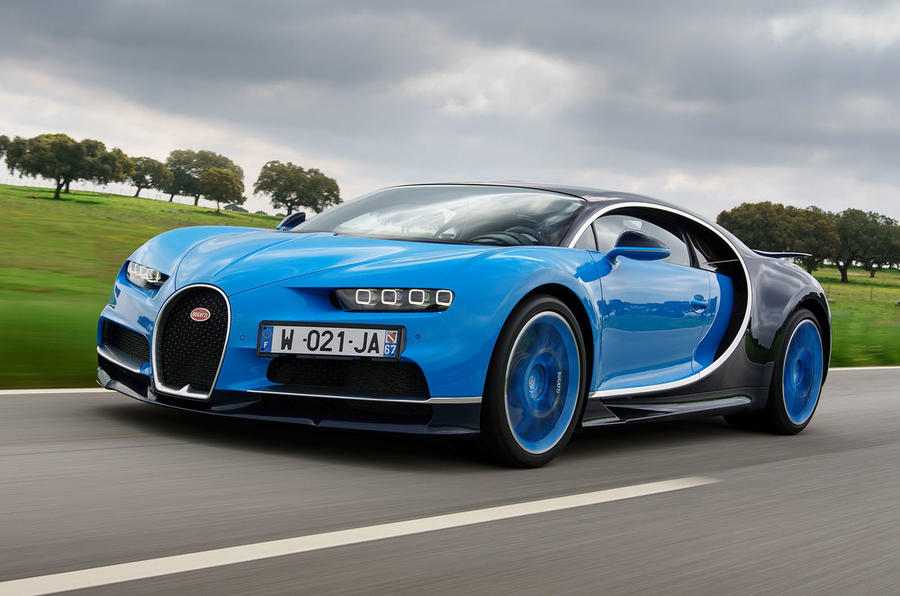The Bugatti Chiron design brief was very straightforward – the simplest that Bugatti's bosses of the time had encountered. “Be better than the Veyron [its predecessor] in every respect,” it said.
Some numbers about the Chiron, then, if I may. At launch, the official line said the Chiron was able to do 420kph, or 261mph, which was misleading, because that's both electronically limited and slower than the old Veyron Super Sport when that became the world’s fastest production car, at 267.8mph.
That had a mere 1183bhp to be getting on with. The standard Chiron had 1479bhp, so it ought to have gone rather faster than the Veyron.
Bugatti waited for the Chiron Super Sport 300+ (with 1578bhp) to go after a top speed run, which it set at Volkswagen Group’s Ehra-Lessien test track and achieved 304.7mph.
Bugatti built just 30 such models but other limited-run variants of the Chiron too: we tested an original car and later a Super Sport (the same mechanically as the 300+ but with a more habitable interior and a speed limiter at 273mph).
Whichever variety of Chiron you're talking, the top speed numbers are important, because everything else you read about the Chiron here has to be tempered by them. It's a car defined by massive numbers, at once constraining and liberated by its singular top speed, which dominates yet compromises the Chiron's character.



